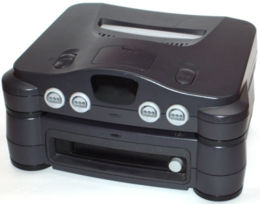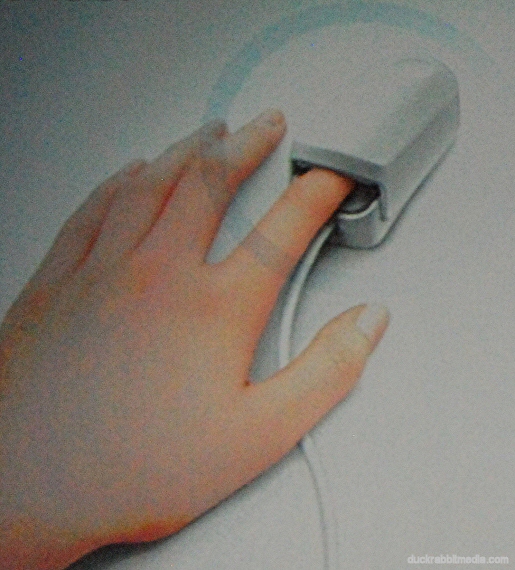 Okay, so it’s becoming clear that Nintendo doesn’t know exactly what to do with the Wii Vitality Sensor. The gadget, which supposedly measures pulse and other vitals from a player’s finger, was briefly introduced at E3 to a curious, if not bewildered press. Two months later, Nintendo brainchild Shigeru Miyamoto still won’t say how, exactly, the peripheral will be used.
Okay, so it’s becoming clear that Nintendo doesn’t know exactly what to do with the Wii Vitality Sensor. The gadget, which supposedly measures pulse and other vitals from a player’s finger, was briefly introduced at E3 to a curious, if not bewildered press. Two months later, Nintendo brainchild Shigeru Miyamoto still won’t say how, exactly, the peripheral will be used.
“Ideally we would have been able to talk about this in terms of the software implementation rather than just the sensor itself,” Miyamoto told Mercury News. “I don’t have any indication for you (of what we have in the works) other than to say that we have lots of very creative ideas.”
Ars Technica’s Ben Kuchera calls the sensor’s unveiling a misstep, because Nintendo failed to furnish any software that makes the hardware seem irresistible. I’ll take this a step further and say the Wii Vitality Sensor is headed towards Nintendo’s small but historically significant pile of video gaming vaporware.
The most notable of these half-baked failures is the Nintendo 64DD. This hardware expansion had considerable clout among my neighborhood friends, promising what seemed like infinite gaming muscle and endless possibilities. We read about it in Nintendo Power, waiting for a North American release that never came. Long after we had forgotten it, the Nintendo 64DD was released mainly as a subscription service in Japan, where it flopped.
There are other examples, like the Sony-developed SNES CD that ultimately evolved into the Playstation, along with “Project Atlantis,” a powerful successor to the Game Boy that was never officially confirmed, though it surfaced from obscurity this year. Though not exactly vaporware, there was also an unnamed, unexplained Nintendo handheld that was completed a few years ago and then scrapped.
It’s said that when Nintendo shelves an idea, the company tends to recycle it into future projects. This happened with a touch screen peripheral for the Game Boy Advance that eventually became the Nintendo DS, and I can see it happening again with the Wii Vitality Sensor. It’s not a flat-out bad idea, but it’ll have a tough time standing on its own. If we ever start hearing about the sensor in any significant detail, I’m guessing it will have already morphed into a different product altogether.


